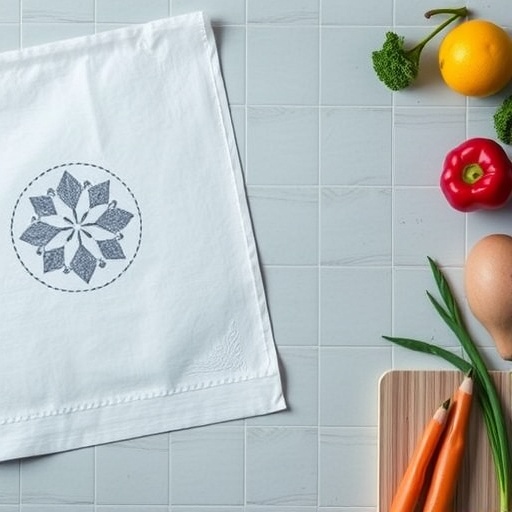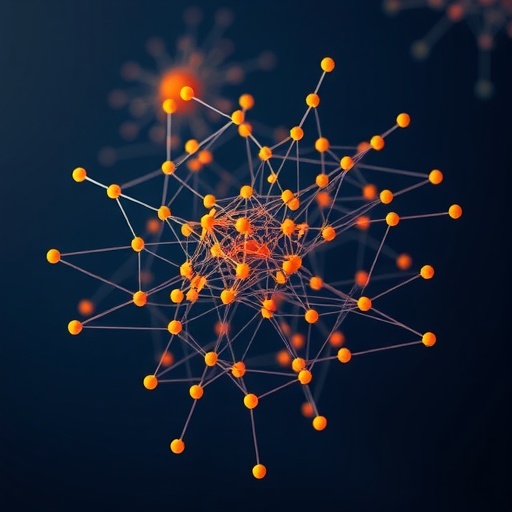Singapore scientists lead discovery of novel technique using heart muscle protein to turn stem cells into heart-healing muscle fibers
Credit: Duke-NUS Medical School
SINGAPORE, 22 March 2019 – Researchers at Duke-NUS Medical School, Singapore, have developed an approach to regenerate heart muscle using stem cells. Their method for priming stem cells to become heart tissues could potentially enable heart regeneration stem cell therapies, according to their study published in the journal Cell Reports.1
The self-regeneration of human heart muscle following injury is extremely limited. Scientists have been studying techniques to prompt different kinds of stem cells to differentiate into heart cell precursors, which could then help rebuild heart muscle fibres. However, their approaches have not yet met regulations set forth by the US Food and Drug Administration and the European Medicines Agency for regenerative therapies.
Dr Lynn Yap, a Senior Research Fellow at Duke-NUS’ Cardiovascular and Metabolic Disorders (CVMD) Programme and the study’s first author, explained, “Regulatory authorities specifically require these stem-cell-derived precursors be prepared from human-only cells and in cultures that use clearly defined chemicals and no animal components. The method must be reproducible, and the cells must have clear characteristics while not leading to adverse side effects when injected.”
Led by senior author, Professor Karl Tryggvason, Tanoto Foundation Professor in Diabetes Research at Duke-NUS’ CVMD Programme, the team comprising scientists from Singapore, the UK, Sweden, and the Netherlands investigated using a heart muscle associated protein called laminin for promoting the differentiation of human embryonic stem cells into heart cell precursors.
Laminins attach to the outer parts of cell membranes and are thought to play a role in the differentiation of precursor cells into other types of cells. Several types of laminins exist.
Prof Tryggvason and his team produced laminin-221 in the laboratory by stimulating the human genes that code for this protein. Laminin-221 was then used to coat a culture of pluripotent human embryonic stem cells. They also used laminin-521 to support the growth of the stem cells, and organic compounds called CHIR99021 to boost stem cell differentiation.
Their method led to stem cells differentiating into cardiovascular precursor cells. These included three main sub-populations: cardiac muscle-like cells, fibroblast-like cells, and epithelial-like cells; but did not include cells with a propensity to develop into tumours.
The team was able to reproduce their method with very similar results using two stem cell lines generated decades apart by two different laboratories using different techniques.
Using an animal model, the researchers injected 9- and 11-day-old cardiovascular precursor cells into damaged heart tissue and found these precursor cells differentiated into cardiac muscle fibre bundles that survived in the heart for at least 12 weeks; heart functions also improved.
“These results suggest a role for the use of laminins in cardiac muscle cell differentiation, and may lead the development of clinical-quality cardiovascular progenitor cells for regenerative cardiology in humans,” said Prof Tryggvason.
Future research will need to investigate the cell subpopulations that form with this technique to explore whether they can intensify new heart muscle growth in living animals.
Senior Vice Dean for Research at Duke-NUS Medical School, Prof Patrick Casey, commented, “This study is timely as leading experts in heart muscle regeneration have called for a ‘science-driven path forward’2 in the field, and the innovative research conducted by Prof Trygvasson and his team delivers an advance that could provide a path forward in this promising new area of cardiovascular therapy.”
###
Media Contact
Federico Graciano
[email protected]
Original Source
https:/
Related Journal Article
http://dx.




